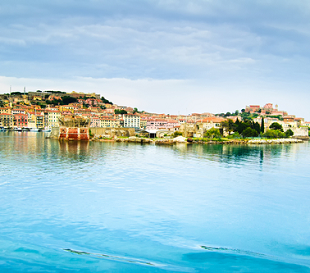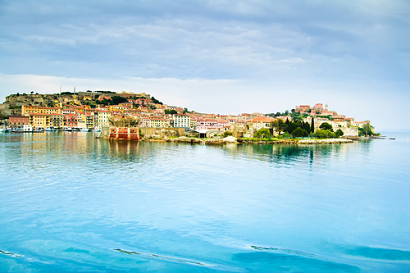
Explore the Tuscan coastline
The Tuscan coastline is the longest regional coastline in Italy. With its long stretches of soft sand, undiscovered hidden coves and the mountains of Alpi Apuane providing a dramatic and diverse background, Tuscany’s coastline is also one of the most stunning in Europe.
The distinct and varied Tuscan coastline is home to some very interesting offshore islands, several of which are famed for various reasons.
Elbe, for example, was the island to which Napoleon was exiled before his defeat at Waterloo. Napoleon only stayed on the island for 300 days before he returned to his warmongering megalomaniac ways. The island of Elbe was also the place where the great Italian cyclist, Fausto Coppi, trained in his later years. There are many great trails for cyclists to ride on the island. There is a commemorative plaque honouring the great Italian cyclist.
A total of seven islands make up the Tuscan archipelago national park. Two of the islands contain prisons. For this reason the island of ‘Gorgona’ is totally out of bounds to visitors and ‘Pianosa’ has restricted tourism.
Argentario is a rugged promontory which is attached to mainland Tuscany by two great sandbars. One of these vegetated sandbars has a seven kilometre long beach which is ideal for families. This vast sweep of sand is known as ‘La Feniglia’. Being backed by pine woods and fronted by crystal clear water, La Feniglia is a beautiful coastal spot. In fact this extensive Tuscan sandbar is constantly voted as the best of Italian beaches.
Another beach on Argentario which gets the nod approval by all who are lucky enough to visit it, is Cala Picolla. Cala Picolla is a family friendly beach that is easily accessible by road. These great beaches are certainly worth getting up early for. Even if you have to drive a couple of hours to reach the inspiring Tuscan shoreline, the reward of spending the whole day on the pride of Italian beaches is plentiful.
Ferries run to the islands of the Tuscan archipelago from Argentario and other coastal towns such as Piombino and Cavo.



